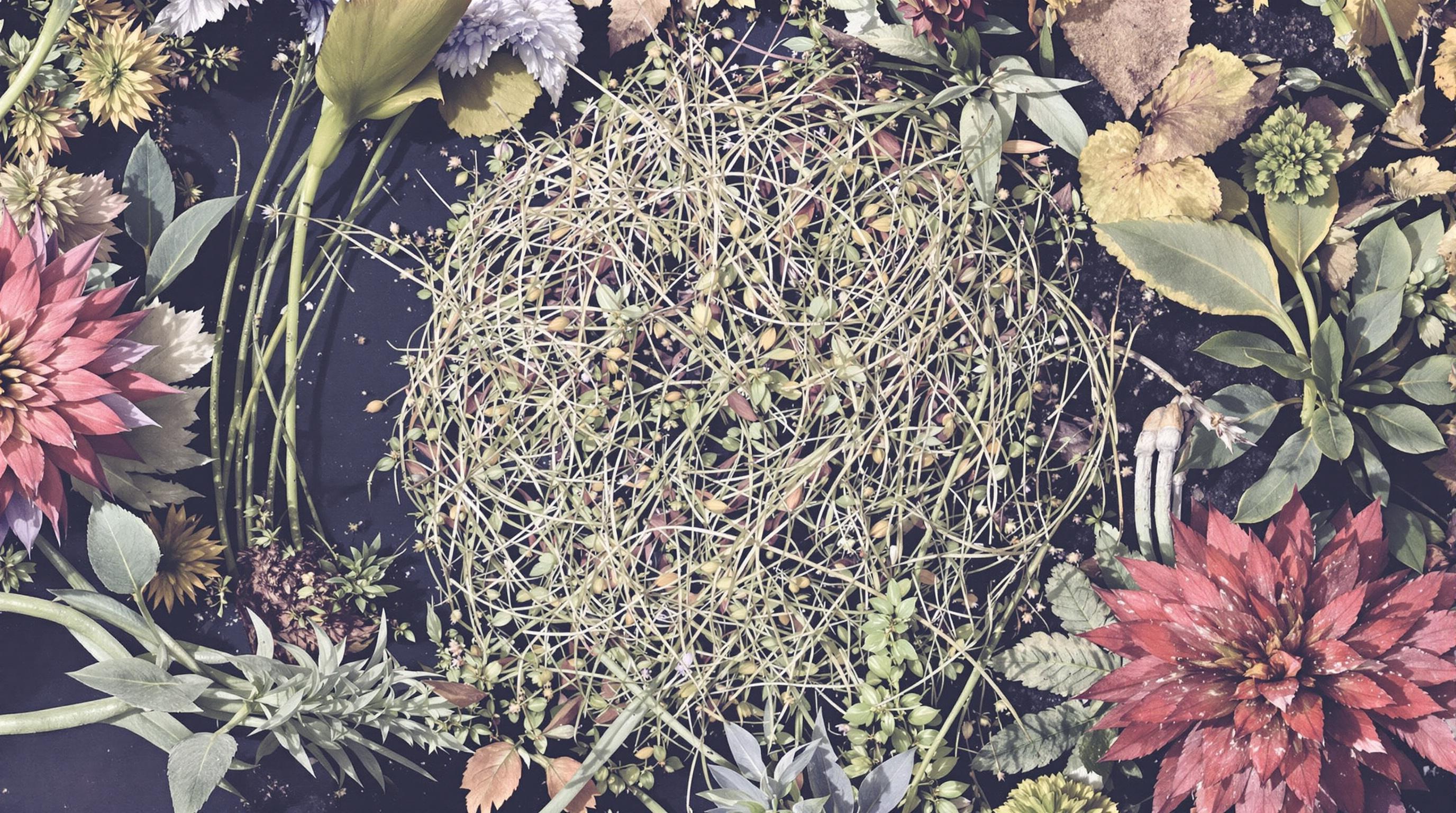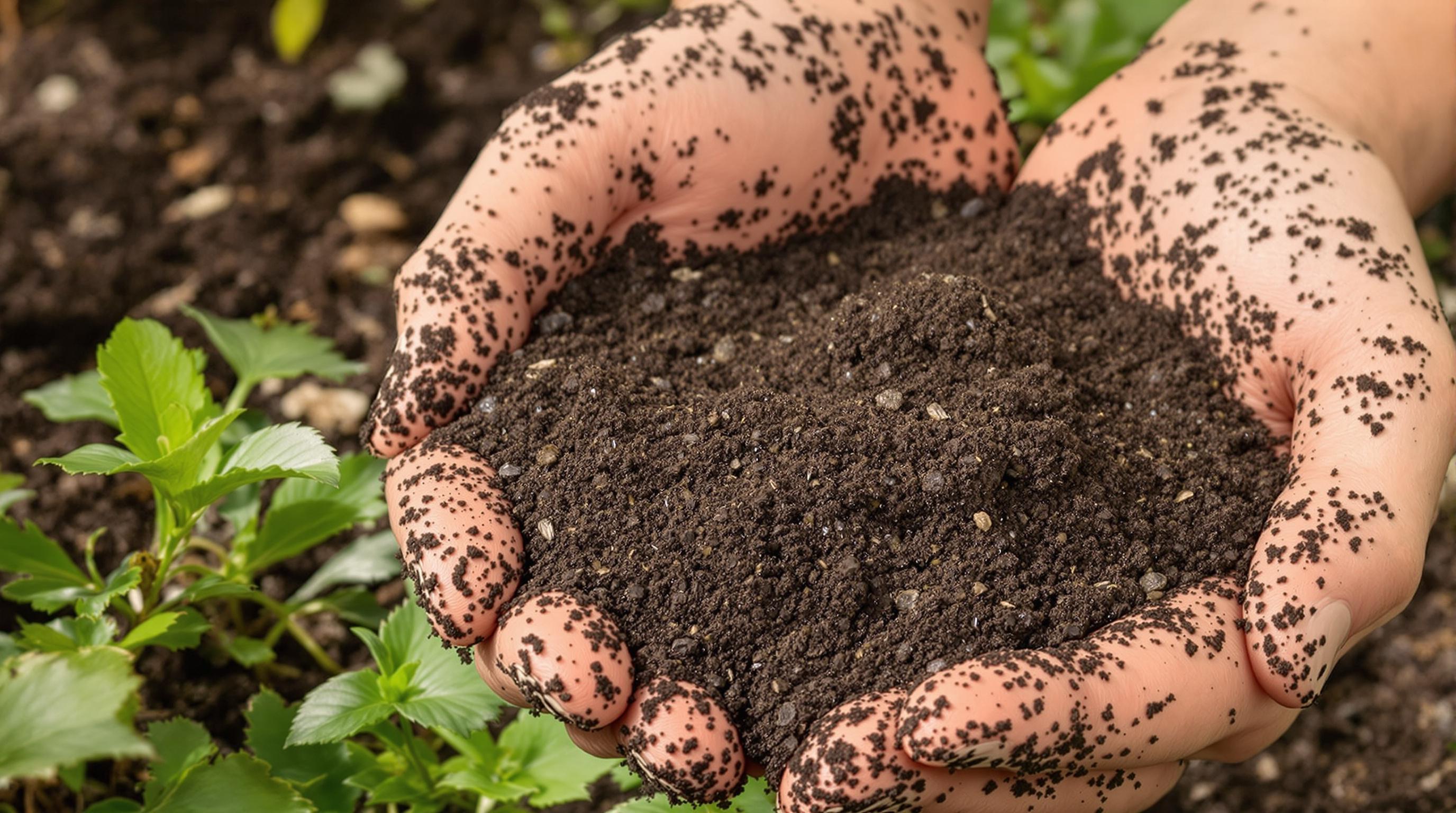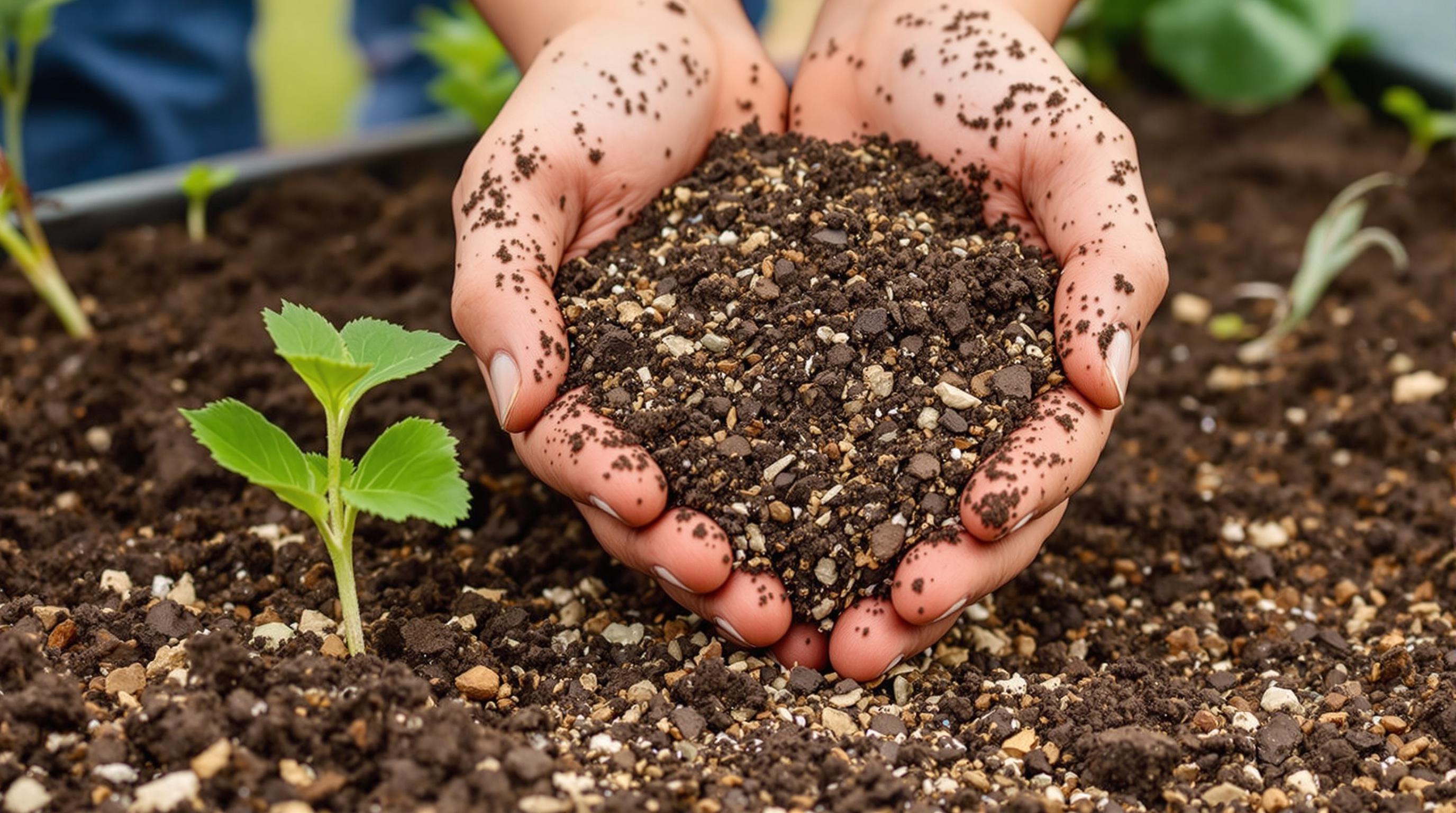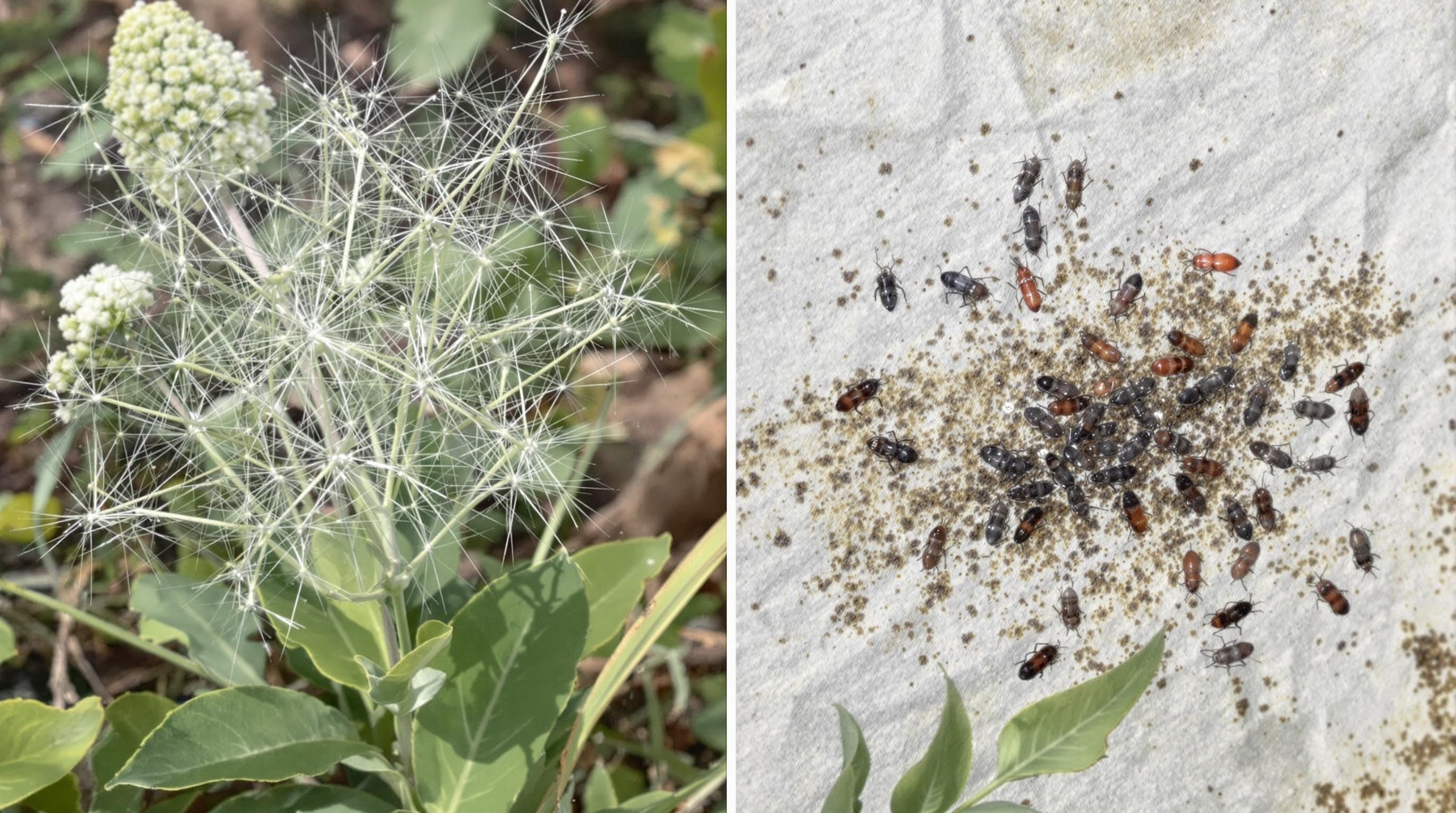Related Articles
- The Hidden Influence of Ergonomics: How Tool Design Shapes Our Physical Spaces and Daily Lives
- The Silent Influence: How Hidden Home Implements Shape Our Daily Routines and Spaces
- The Counterintuitive Role of Chaos: How Messy Tool Storage Can Lead to Unexpected Home Innovations
- Exploring the Unseen: How Audio Experiences Shape the Art of Domestic Spaces and Color Perception
- Rethinking the Mundane: How Everyday Objects are Becoming the Canvas for Modern Artistic Expression in Home Spaces
- Cultivating Chaos: The Surprising Benefits of Embracing Weeds in Your Garden Ecosystem
7 Surprising Ways Ancient Cultures Used Gardening to Enhance Biodiversity and Inspire Modern Sustainable Practices
7 Surprising Ways Ancient Cultures Used Gardening to Enhance Biodiversity and Inspire Modern Sustainable Practices
7 Surprising Ways Ancient Cultures Used Gardening to Enhance Biodiversity and Inspire Modern Sustainable Practices
1. The Three Sisters Technique
Indigenous peoples of North America have long practiced the Three Sisters agricultural technique, whereby corn, beans, and squash are grown together. This symbiotic relationship enhances biodiversity by utilizing different plant heights and growth patterns to create a robust ecosystem.
The tall corn provides a structure for the climbing beans, while the broad leaves of squash shade the ground, reducing weeds and retaining moisture. This method ensures that the plants mutually benefit from each other's presence, ultimately leading to a healthier crop yield.
Modern sustainable practices can learn from this technique by adopting companion planting strategies, which encourage plant interactions that promote pest resistance, reduce need for fertilization, and increase overall garden biodiversity.
2. Terraced Farming
In ancient Peru, the Incas developed terraced farming on the Andes Mountains, a practice that considerably enhances biodiversity. By creating steps or terraces, they reduced soil erosion while simultaneously managing water runoff efficiently.
This technique allowed for the cultivation of a wide variety of crops on the slopes of the mountains. Each terrace functioned as a microclimate, supporting different species suited to varying altitudes and weather conditions, thereby fostering a rich ecosystem.
Modern agricultural practices can adopt this ancient wisdom by implementing similar terracing methods in hilly terrains, promoting biodiversity while combating soil degradation and enhancing water retention.
3. Forest Gardening
Forest gardening, a concept originating from ancient cultures in Southeast Asia, involves creating edible landscapes mimicking natural ecosystems. These gardens are multilayered, comprising trees, shrubs, herbs, and plants that provide food and habitat for various species.
This approach to gardening enhances biodiversity by planting species that support each other, similar to how ecosystems function in nature. Some plants may offer shade, others may add nitrogen to the soil, and root systems may help retain water, creating a balanced environment.
Contemporary practices are increasingly looking towards forest gardening as a model for sustainable agriculture, promoting biodiversity and ecosystem resilience while yielding food and other resources.
4. Using Cover Crops
Ancient Mediterranean cultures used cover crops like legumes to enhance soil health and prevent erosion. Similarly, many indigenous groups across the world recognized the importance of planting temporary crops to protect and enrich soil between harvesting periods.
Cover crops improve soil structure, add crucial nutrients, and prevent weed growth. They play a vital role in maintaining biodiversity by offering habitats for various organisms, thus promoting a balanced ecosystem.
Today, modern sustainable agriculture has embraced cover cropping as a fundamental practice, recognizing its benefits for soil health, crop yield, and overall biodiversity within farming systems.
5. Sacred Groves
Many ancient cultures, from the Druids of Europe to the indigenous people of Africa, recognized the spiritual and ecological importance of preserving sacred groves. These areas were set aside as places of worship, fostering both cultural practices and biodiversity through the protection of native plant species.
These groves functioned as mini-ecosystems, sheltering diverse flora and fauna while preventing deforestation and land degradation. The preservation of such spaces serves not only ecological purposes but also cultural identity and heritage.
Modern conservationists can draw inspiration from the tradition of sacred groves, advocating for the protection of natural spaces that foster biodiversity while promoting community engagement and environmental stewardship.
6. Companion Planting
Ancient Egyptian gardeners understood the benefits of companion planting, using specific plant combinations to deter pests and bolster growth. This practice enhances garden biodiversity by creating interdependent relationships among crops.
For example, planting onions alongside carrots can help deter pests that might otherwise target one of the crops. This intercropping not only maximizes space but also fosters a more resilient garden ecosystem.
Today, organic farmers and home gardeners are revisiting these age-old practices, recognizing the value of companion planting in pest management and biodiversity enhancement, laying the groundwork for sustainable gardening techniques.
7. Aquaponics and Hydroponics
Ancient cultures like the Aztecs utilized aquaponics, where fish and plants coexist in a symbiotic environment, maximizing resource use and generating diverse ecosystems in limited spaces. The ancient use of floating gardens known as “chinampas” exemplifies this practice.
In this method, fish waste nourishes the plants, while plants clean the water for the fish, creating a sustainable cycle. This relationship maintains high biodiversity, encouraging a variety of species to thrive together while also producing food.
Modern urban agriculture is eager to embrace aquaponics and hydroponics, leveraging these ancient methods to promote biodiversity in cities, optimize space, and foster sustainable food production.
Conclusion
The wisdom of ancient cultures offers valuable lessons in enhancing biodiversity and promoting sustainable practices through gardening. From the interdependence showcased in companion planting to the holistic ecosystem management seen in forest gardening, we are reminded that nature often provides the blueprint for resilient agricultural solutions.
As we face modern-day agricultural challenges, recalling and incorporating these ancient techniques can guide us towards a more sustainable relationship with our environment. By respecting traditional wisdom, we can cultivate not only our gardens but also a deeper connection with the ecosystems that sustain us.





